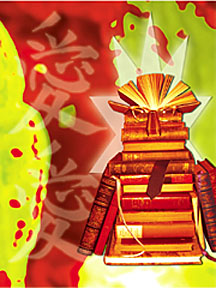SMALL ISLAND
Andrea Levy Picador ($14) by Christopher J. Lee Small Island is the recipient of last year’s Orange Prize as well as the Whitbread Book of the

Andrea Levy Picador ($14) by Christopher J. Lee Small Island is the recipient of last year’s Orange Prize as well as the Whitbread Book of the
Neil Gaiman William Morrow ($26.95) by Kelly Everding Neil Gaiman is a human repository of stories. Or is he? Human, I mean. He seems to
by Justin Taylor “The book died because that's what good books do without huge accidents of publicity.”-Padgett Powell YOUR COLLEGE TOWN WAS A BUBBLE In
by Robert J. Nebel Academic life was not easy for Paul Orfalea. As a hyperactive, dyslexic child growing up in the 1950s and '60s, Orfalea's
by Aryanil Mukherjee Chris Stroffolino with Continuous Peasant band mates Chris Stroffolino is the author of three full-length collections of poetry: Oops (Pavement Saw Press, 1994), Stealer's Wheel (Hard
by Joyelle McSweeney Born in Barbados in 1930, Kamau Brathwaite has contributed a lifetime of effort to the peoples, cultures, literatures, and languages of the

Kamau Brathwaite, Chris Stroffolino, Chris Bachelder, and more... FEATURES Poetics, Revelations, and Catastrophes: An Interview with Kamau Brathwaite Interviewed by Joyelle McSweeney Barbados's respected man